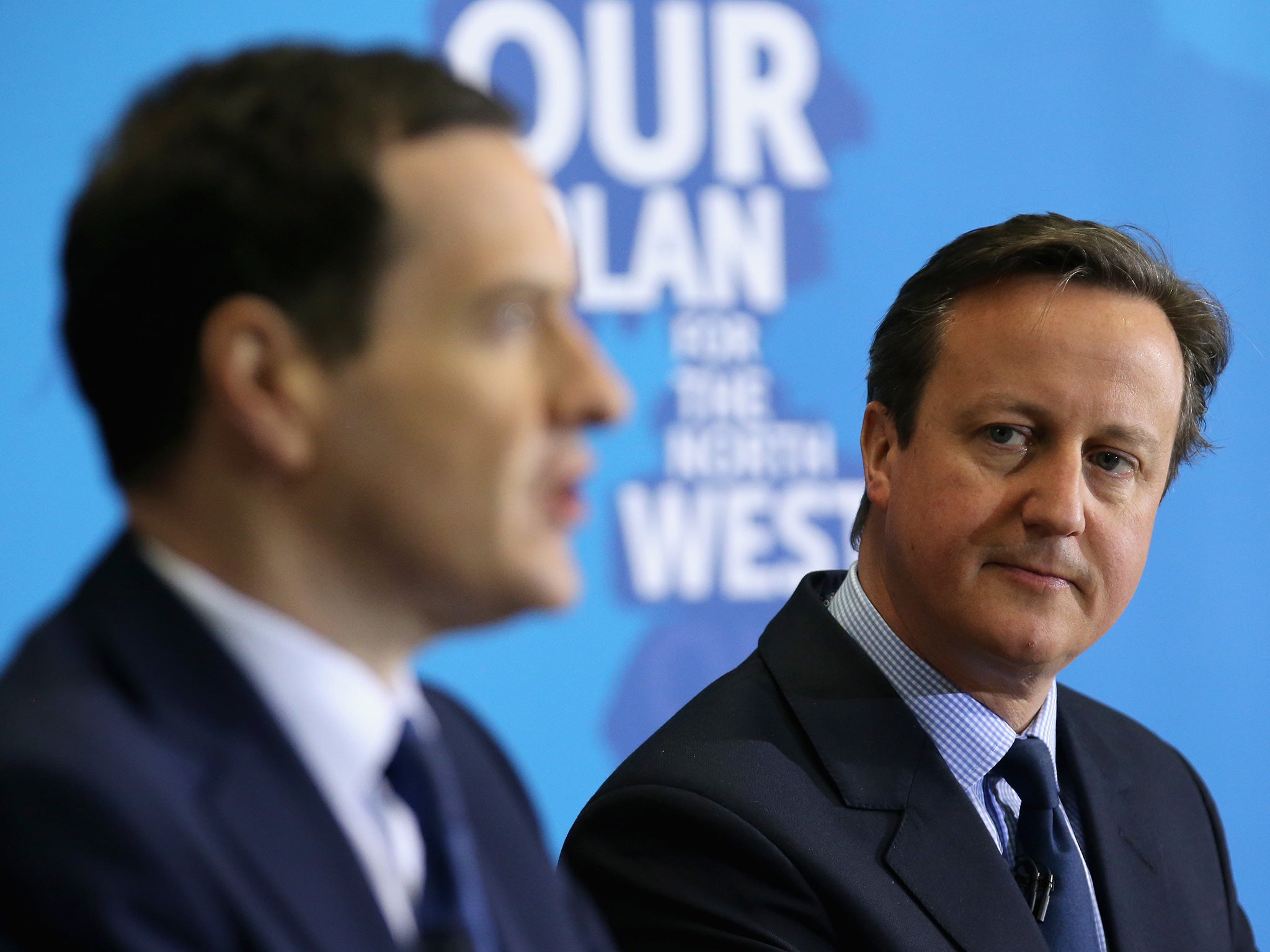The charts that show how much each benefit costs and which are most in danger of George Osborne and David Cameron's £12bn axe
PM signalled the £30bn tax credits budget would be under threat when the Chancellor announces more details in next month's budget

The total welfare bill is a staggering £220bn - around 30 per cent of all public spending.
The Conservative government has confirmed its intention to go ahead with £12bn of cuts to welfare but has yet to spell out the details - we will have to wait until next month's budget and possibly even the spending review in the autumn to find out exactly where the axe will fall.
The £12bn figure may only represent 5 per cent of the overall welfare bill but large chunks have been protected, such as the £95bn spent on state pensions and universal pensioner benefits, which together account for more than 40 per cent of the budget.
Add the £12bn of child benefits that has also been protected, and we are left with around £112bn to play with.
There are three main areas of spending that are vulnerable to cuts: £30bn of tax credits, £26bn in housing benefit and £22bn of disability benefits. So 35 per cent of the welfare budget is likely to carry the burden of the £12bn of Iain Duncan Smith's welfare cuts.
The Tories have already outlined a small part of where they intend to cut, which the Institute for Fiscal Studies says will total about £1.5bn. These include cutting the benefit cap from £26,000 to £23,000 and removing housing benefit and Jobseekers' Allowance to those under the age of 21.
But the vast bulk of the £12bn in cuts have yet to be outlined and today the Prime Minister heavily hinted that the £30bn of tax credits could carry a large prat of the burden.
Recent reports have suggested that this area of the welfare bill could contribute to as much as £5bn.
He insisted Britain must stop the "merry-go-round" of handing benefits to those in work, attacking the system introduced by Tony Blair’s Labour government whereby lower paid workers pay their taxes but then receive the same amount – and sometimes more – back in welfare.
Join our commenting forum
Join thought-provoking conversations, follow other Independent readers and see their replies
Comments